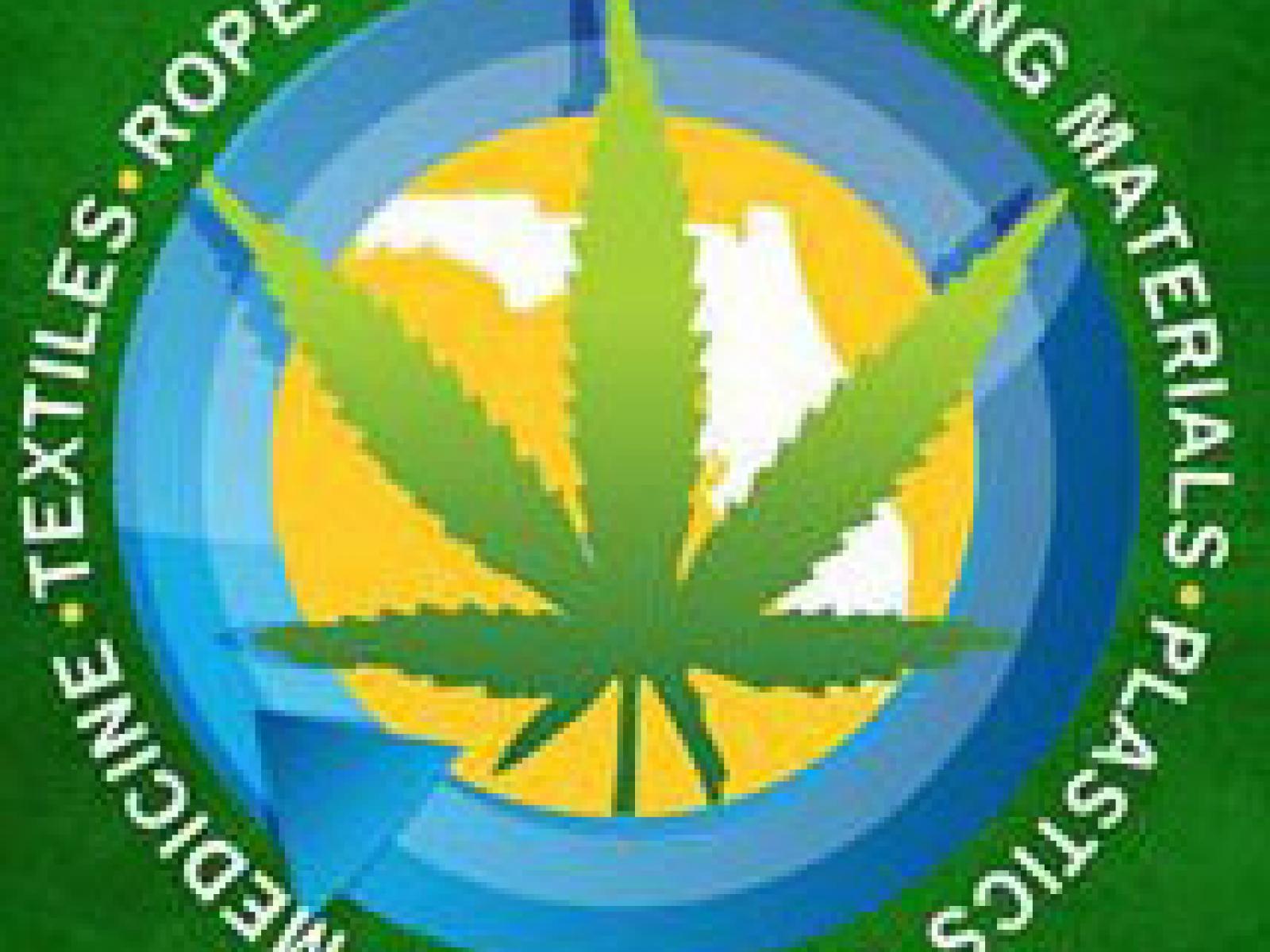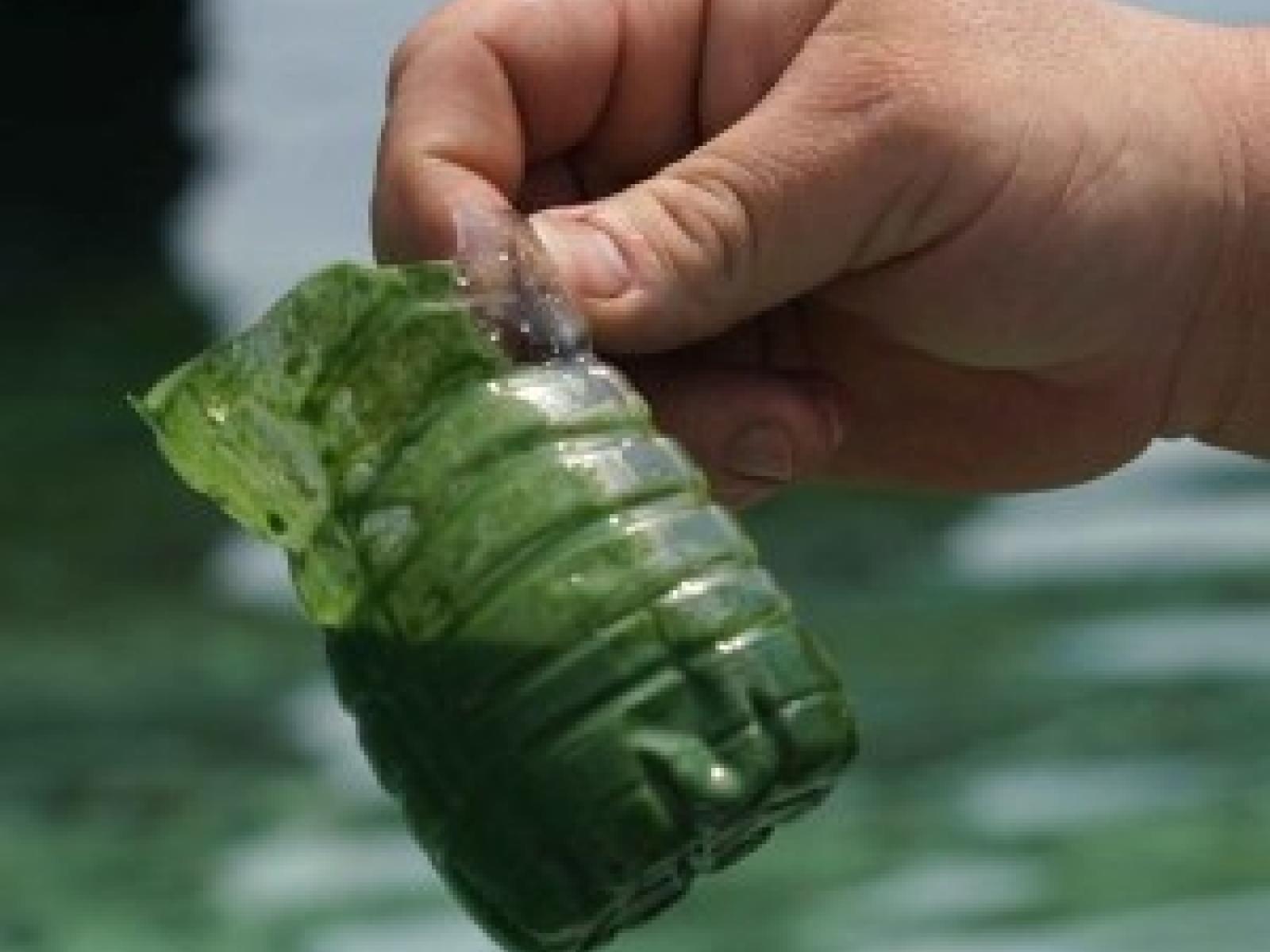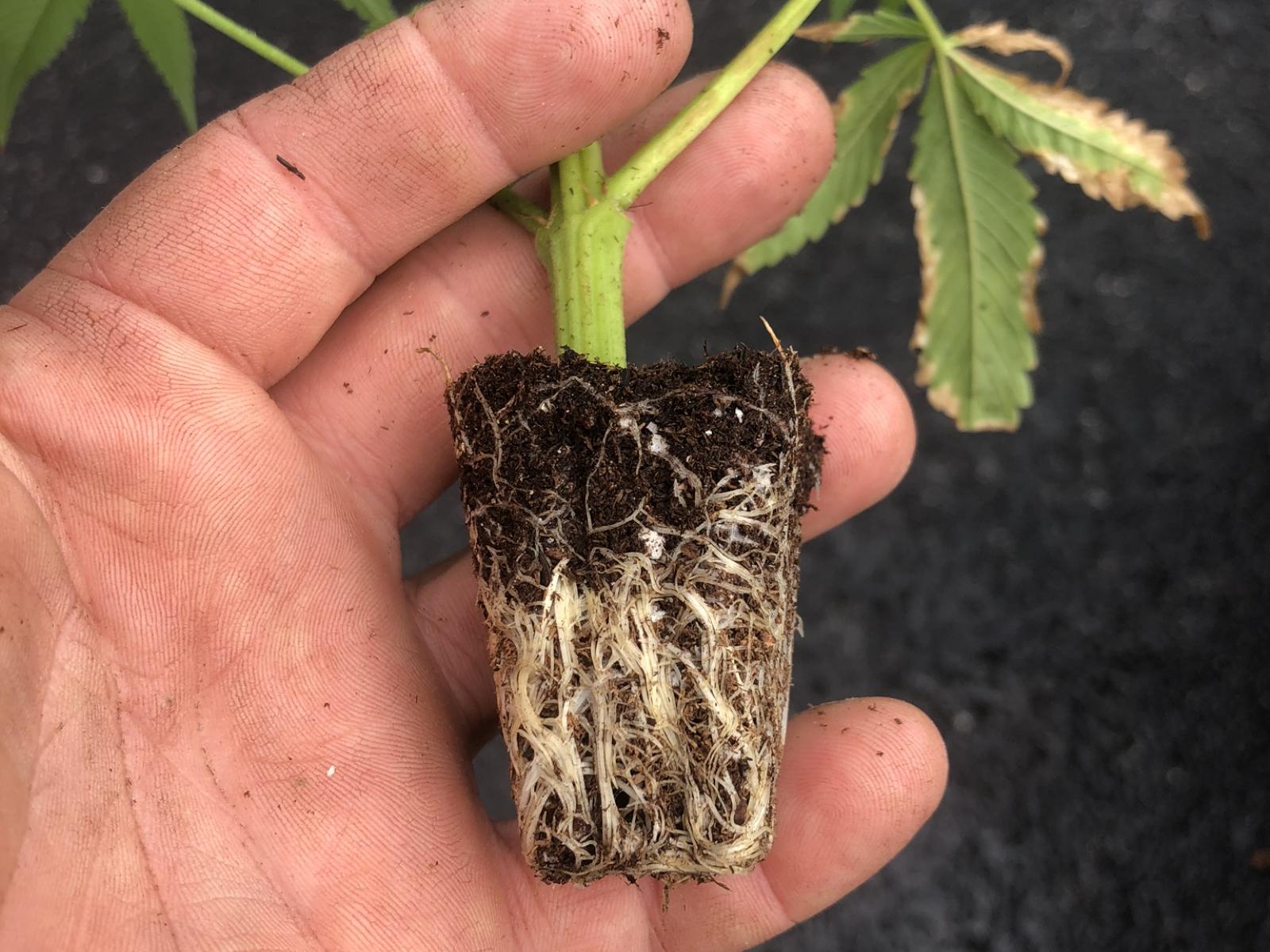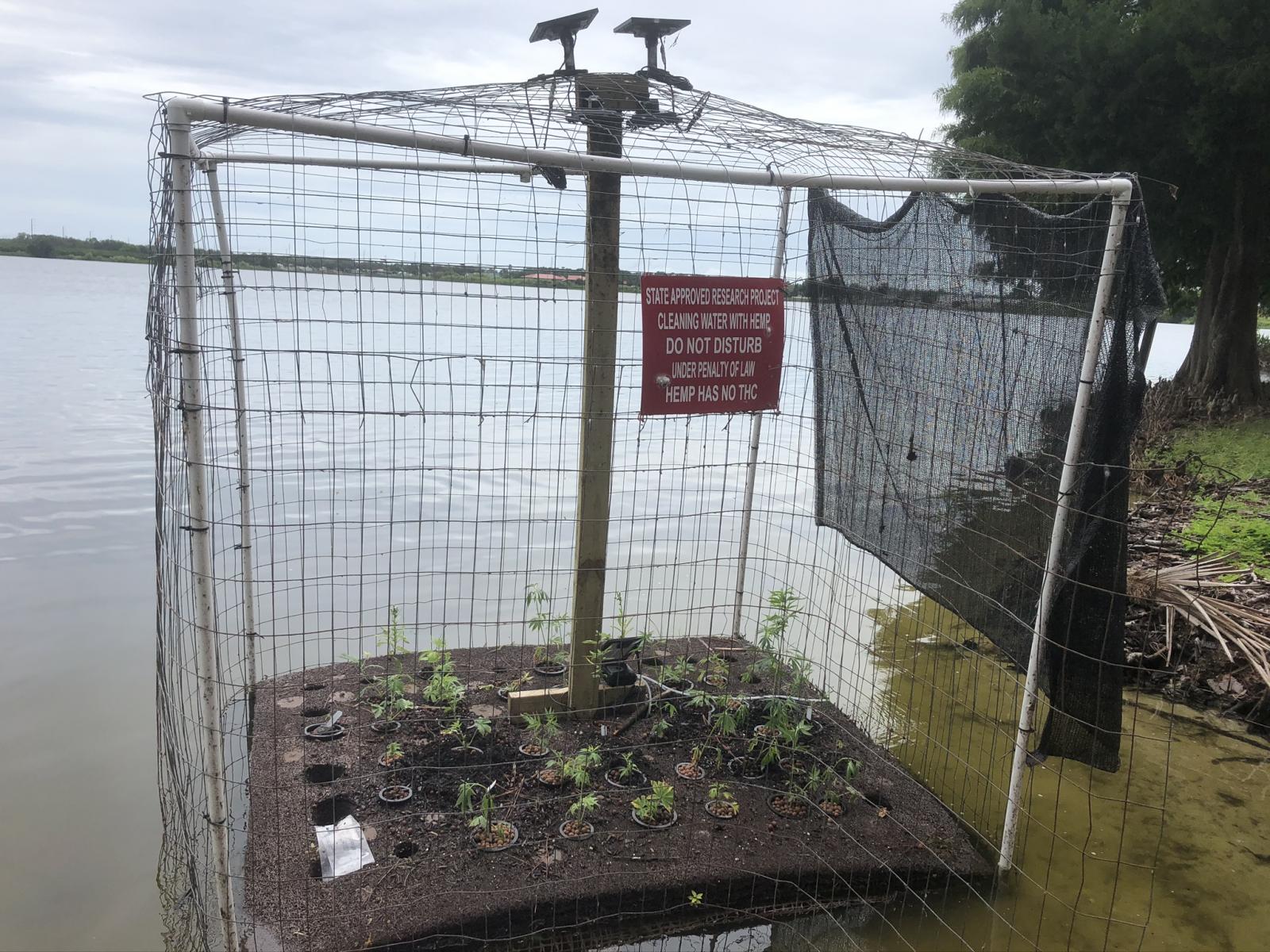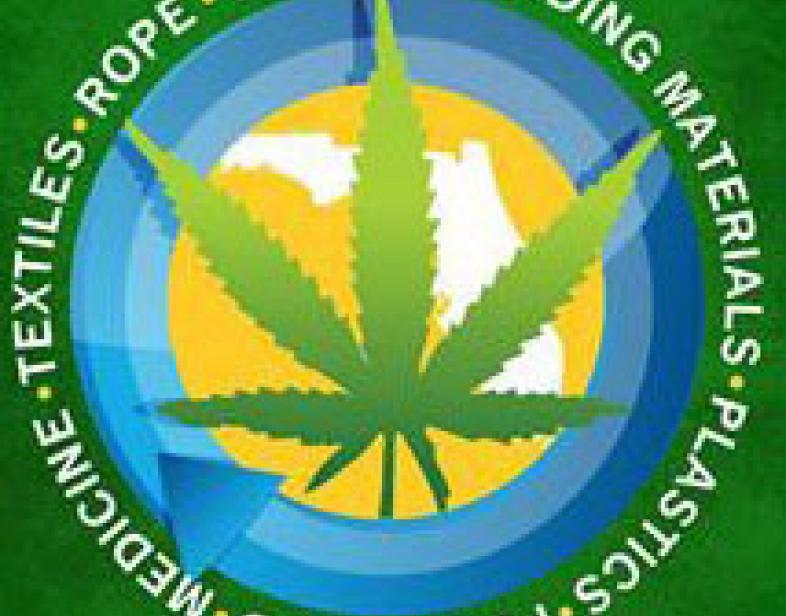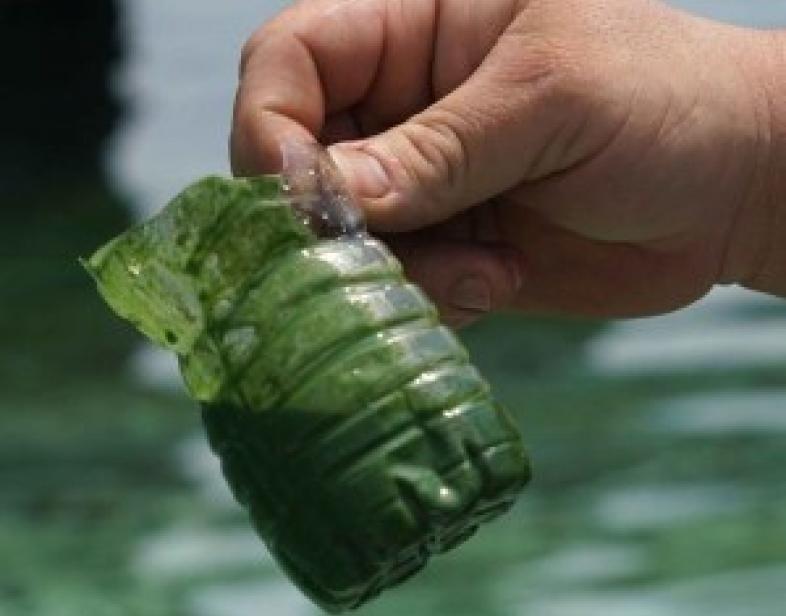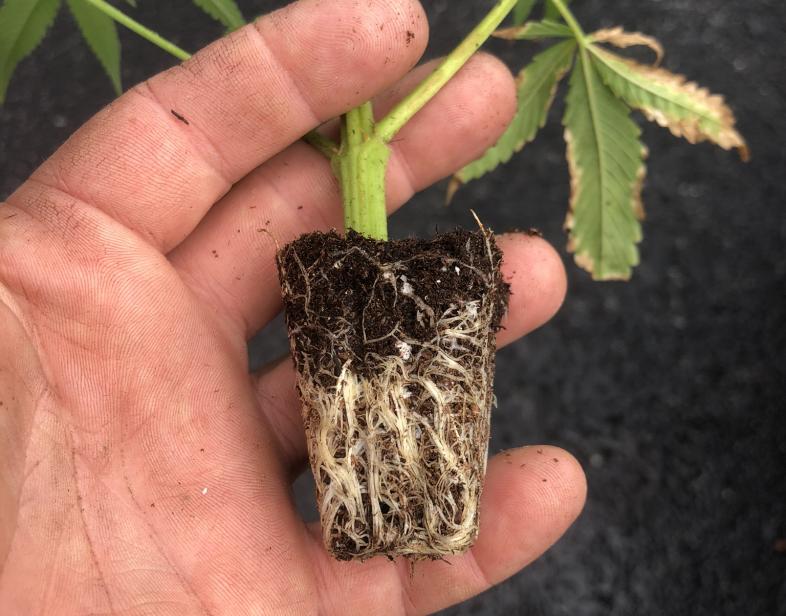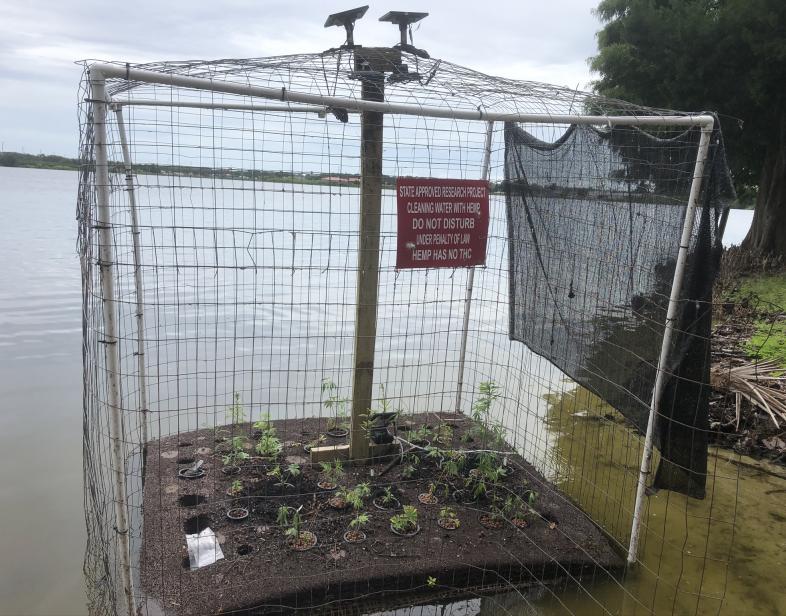An Overview Of Our Solution
One of the most prevalent challenges to water quality is an over abundance of nutrients. That is definitely the case for Florida that experiences Nitrogen and Phosphorus in excess quantities. All of the fresh water rivers and lakes in Florida have these two nutrients at the top of the Total Managed Daily Load measurements. These nutrients, many believe, fuel the various and dangerous algae blooms causing massive damage to ecology.
Hemp4Water grows industrial hemp on the water to directly consume the nutrients from the water column. When the plant is mature, it along with all the nutrients consumed are removed from the natural cycle. It is estimated a square mile of hemp growing on floating bio islands could clean the amount of nutrients going into Lake Okeechobee from the 440k square acre lake in about a year.
- Population Impacted: 21,000,000
- Continent: North America
Video file
First name
Last name
Organization type
Context Analysis
Blue-Green Algae blooms are becoming more prevalent all over the world. They can create a toxin called cynobacteria that can be highly toxic and in some instances deadly to humans. It is always devastating to the environment. It chokes the ecosystems especially marine nurseries and estuaries. Billions of dollars of loss to marine economies of both coasts of Florida have been attributed to the destruction of the algae blooms.
There are structural and system challenges that contribute to the collection of water and concentration of nutrients and those are problems that certainly need to be addressed, but our solution concentrates on the source, or the fuel of the problem - the over abundance of nutrients. It occurs in just about every river and lake in Florida and if we can remove the excess, then the system will be able to run at its natural levels. A clean balance or homeostasis. The hemp removes the nutrients from the system then we remove the hemp.
Describe the technical solution you wanted the target audience to adopt
Floating bio islands that support the growth of industrial hemp directly on impaired waters.
We are currently utilizing existing bio islands manufactured by Martin Ecosystems in Louisiana. They are a composite designed not to leach into the marine environment and sustain bio activity. We are also working on utilizing hemp and fungus to create a floating island that will sustain the plant activity we are looking for. And as we scale we may find other better ways of sustaining the environment for plant growth on the water. It is our goal to only remove the negative impacts without causing any alternative negative impacts to the environment we are trying to clean.
Describe your behavioral intervention.
Educating the public on the benefits of industrial hemp has been a long process that has only recently become received by mainstream consideration. We have been in the legislative battles bringing hemp to Florida for the last several years. From 2013 to 2018 we concentrated on activism and education. Education that focused on the economic power of hemp and not so specifically on the abilities to clean water.
When the laws began to change federally and at the state level in 2018 we pivoted our focus from activism to action and got specific as to how hemp could literally clean the water. Hemp4Water has been at several of the regulatory, industrial, and public events and forums as presenters and industry experts.
The most powerful or legitimizing aspect of Hemp4Water is our relationship with our pilot partners. South Florida State College and Hemp4Water are already engaged in doing the data collection and preliminary research, providing a grow location, laboratory analysis, and Doctoral level experts to guide the collection and analysis of what single plants consume or metabolize in terms of Nitrogen and Phosphorus during the course of their life cycle.
Because of that project, Hemp4Water has had several article written about our efforts. They range in audience and circulation and have contributed greatly to our acceptance. But all that being said, most people's response to the idea is -that's pretty cool!
Behavioral Levers Utilized
Describe your implementation
We are in the process of validating theory. It is known how much phosphorus and nitrogen hemp can pull from the soil. It is assumed the plants will consume at least half and perhaps more by feeding directly from the water. Two separate industry experts utilizing the land data and the data from bio islands growing other plants estimated that an area equivalent to a square mile of hemp growing on bio islands could remove 7 million pounds of nitrogen and 980,000 pounds of phosphorus from the water column in about a year's time. That is approximately what goes into Lake Okeechobee (440,000 sq acres) every year.
We are establishing the data for single plants and devising the path to scale. Our next obstacles will be regulatory. Working with and obtaining permission from South Florida Management District and Army Corps of Engineers are our last "obstacles". We have a letter of support from Florida Fish and Wildlife and the support of the Florida Department of Agriculture.
The challenges we would have had going to scale would have been design and automation. Two professionals have volunteered their time to work together to design and automate the floating islands that will sustain the hemp growing on water.
That leaves the biggest challenge - funding. We are in an awkward time between proof of concept and scaling up. When we obtain the funding to scale we will not need what we need today, which is operating funds. The cost of a research grow is modest compared to a commercial grow but it still costs. The awards you are offering would be a perfect fit to get us to the next level.
Describe the leadership for your solution. Who is leading the implementation?
Steve Edmonds is a Florida native that grew up on the South Fork of the St. Lucie River about a mile away from the locks that release the fresh water discharges full of algae. He has been a water conservationist all of his life growing up on 3 rivers and in the ocean. When he received his Masters degree from the University of Central Florida in Political Science it was with an emphasis in public policy and environmental policy. He has been very active in water politics at the state and federal level for several years in addition to his hemp activism.
Edmonds has been advocating and educating for industrial hemp in public formats since 1992. He was extremely involved in the many attempts to change legislation in the State of Florida and ultimately was a finalist for the position of Director of Cannabis for the State. He currently has a hemp consulting business in addition to directing Hemp4Water and regularly interacts with State's key influencers and decision makers.
Share some of the key partners or stakeholders engaged in your solution development and implementation.
Our Key Partner is South Florida State College. The are directly connected to all aspects of the community and the businesses that make it up.
They will be able to leverage the success of our pilot program to help push us to scale. We hope to interface and forge relationships with the largest industry down to individuals with back yards on water.
Who adopted the desired behavior(s) and to what degree? Include an explanation of how you measured a change in behavior.
Behavior in terms of government acceptance of hemp was very simple and changed dramatically with the change in legislation. Most of the public was already on board, it was the government at all levels that needed to get on board. That happened almost across the board with 2018 Farm Act that included the Hemp Farm Bill. There was no need to measure the stark contrast in behavior was very obvious and observable.
How did you impact water pollution? Please be specific and include measurement methodology where relevant.
We will impact water pollution by being the first to our knowledge that is actually addressing the TMDLs. The Total Managed Daily Loads are the map of the causes. By eliminating the excesses the system can function in a balanced way. CEPP and CERP will cost billions and years before they will "solve" 30% of the 'plumbing" problem for the Everglades. Never addressing the causality. Hemp4Water goes after the fuel of the problem in a sustainable manner. Realistically it will be a small fraction of the costs of the projects that are not really providing a solution. And Hemp4Water may not solve the system flow problems but it can keep the algae from suffocating the system. The impact will be measured in the future prevention of disasters.
How has your solution impacted equity challenges (including race, gender, ethnicity, social class/income, or others)?
Our solution helps every human period and animal. Everybody and all the creatures need clean water.
What were some social and/or community co-benefits?
Aside from helping to prevent potentially deadly algae blooms, Hemp4Water will help develop sustainable building material products. A square mile of hemp produces a lot of material. Hempcrete, Oriented Strand Board, Fuels, and several other potential products are on deck for exploration. That is partially what we are doing in phase 2 in our discovery of scale and what some of your award funds will be directed to.
What were some environmental co-benefits?
Aside from balancing the nutrients in the ecosystem, the floating islands will act as independent nurseries providing minis systems that will increase fish habitat and diversity.
Indirect benefits are producing replacement products that are more durable and sustainable than the current products on the market.
What were some sustainable development co-benefits?
When we get to big enough scale the amount of hemp that we will be harvesting can be utilized to build and maintain the bio islands that will be growing the hemp with enough left over material to be converted into saleable raw materials. Hempcrete, OSB, fuels, etc. Our operation will them be covered and we will be supplying sustainable replacement products to the market.
Sustainability: Describe the economic sustainability of your solution.
Yes - all of the above. We know that a single plant can survive and consume nitrogen and phosphorus, now we just have to figure out how to achieve the area coverage and maintain the crop. We are a 501c3 so we rely on donations and fundraising. In addition, we constantly apply for these types of opportunities and seek private and public partners. One recent example is allowing a bee keeper to keep hives on our property. The rent is honey that is made from our hemp pollen. That is a future revenue source. Once we achieve scale and have crop volume we will be sustainable and producing sustainable products of our own.
Return on investment: How much did it cost to implement these activities? How do your results above compare to this investment?
To date we have raised and spent approximately $60,000 to start Phase 1 in Avon Park with the college and Phase 2 on the rim canal of Lake Okeechobee. Of that about $45,000 is personal loan from a board member and the rest donations. We have managed to do quite a bit on relatively little. When we finish the data collection we will have the key to help prevent millions in economic damages.
How could we successfully replicate this solution elsewhere?
This award that you can provide us will help us develop the scale and the replication you are asking for. That is exactly what we will be spending those resources on. It is our intent to provide a global solution that can be replicated anywhere, quickly, and sustainably.
